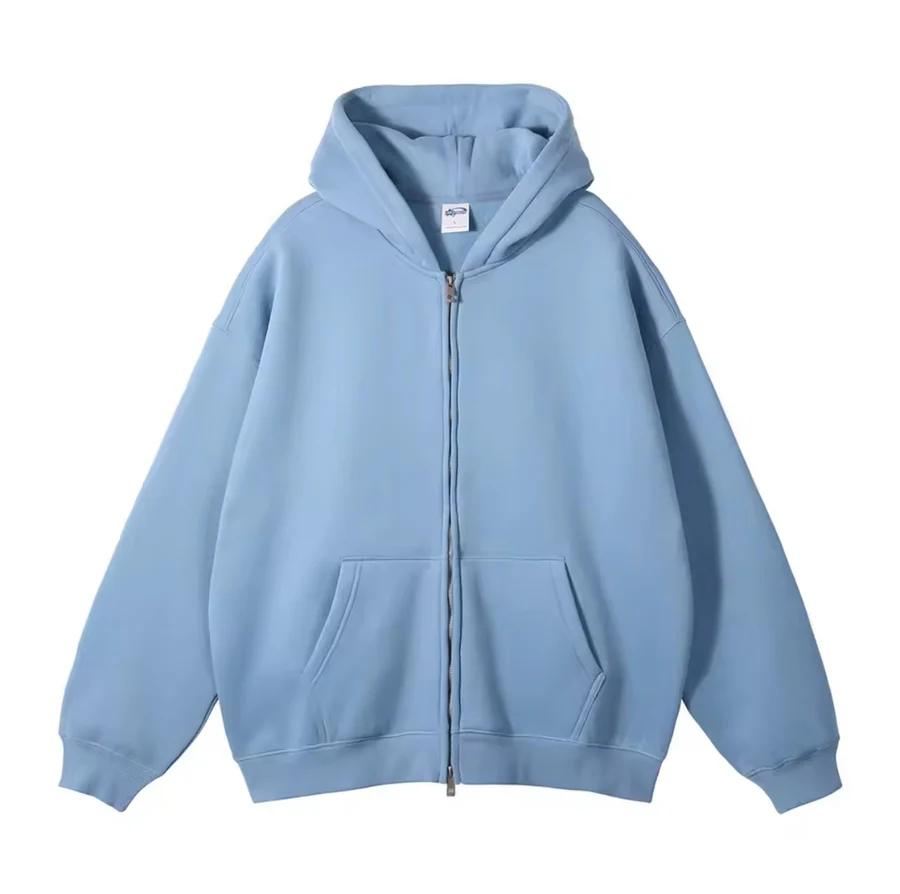When it comes to mechanical systems, couplings play an essential role in transmitting power between shafts while accommodating misalignment and reducing vibrations. Selecting the right coupling is crucial for the efficiency and longevity of machinery. In this blog, we will discuss various factors to consider when choosing a coupling, focusing on the importance of these components and highlighting the features of jaw flex couplings as a secondary keyword.
1. Application Requirements
Load Type
The type of load is one of the primary factors to consider. Loads can be static or dynamic, and understanding the nature of the load will guide you in selecting a coupling that can withstand the forces involved.
Torque and Speed
Determine the torque and speed at which the coupling will operate. High-torque applications often require robust couplings that can handle the increased stress without failing. Conversely, high-speed applications may necessitate couplings designed for low inertia to minimize vibrations.
Environmental Conditions
The environment where the coupling will be used also plays a significant role. Factors such as temperature, humidity, and exposure to chemicals or corrosive substances can impact the material choice. For instance, if the coupling is to be used in a corrosive environment, selecting a coupling made from stainless steel or specialized materials is advisable.
2. Misalignment Capability
Types of Misalignment
Misalignment can occur in three forms: angular, parallel, and axial. Understanding the extent of potential misalignment in your system is crucial. Couplings are designed to handle specific misalignment types, and selecting one with appropriate tolerance can help extend the life of both the coupling and the connected equipment.
Flexibility
Some couplings, like jaw flex couplings, are designed specifically to accommodate misalignments. They consist of two hubs and a flexible elastomeric spider that absorbs shocks and misalignments, making them ideal for applications where slight misalignment may occur.
3. Material Selection
Durability
The materials used in coupling construction significantly affect their durability and performance. Common materials include:
- Steel: Ideal for high-strength applications.
- Aluminum: Lightweight and resistant to corrosion.
- Plastic: Offers chemical resistance and is suitable for lighter loads.
Temperature Resistance
Consider the operating temperature range. Some materials may degrade or lose strength at high temperatures, while others may become brittle at low temperatures. Ensure the selected coupling can withstand the temperature extremes of your operating environment.
4. Size and Weight
Space Constraints
The physical size of the coupling is an important consideration, especially if space is limited in your machinery. Compact couplings can fit into tighter spaces while still providing the required performance.
Weight Considerations
The weight of the coupling can also impact the overall performance of the machinery. Lighter couplings are generally preferable for high-speed applications where excessive weight can lead to increased inertia and reduced efficiency.
5. Vibration and Shock Absorption
Damping Properties
Vibrations can cause premature wear and tear on machinery components. Selecting a coupling with good vibration-damping properties can help mitigate these issues. Jaw flex couplings, for instance, are designed to absorb shocks and dampen vibrations, making them an excellent choice for systems prone to these issues.
Noise Reduction
Couplings can also influence the noise levels of machinery. Choosing a coupling with vibration-dampening properties can lead to quieter operations, which is particularly important in environments where noise control is a priority.
6. Maintenance and Serviceability
Ease of Maintenance
Consider how easy it is to install, maintain, and replace the coupling. Some couplings, like jaw flex couplings, have simple designs that make maintenance straightforward and cost-effective.
Expected Lifespan
Evaluate the expected lifespan of the coupling based on the operating conditions. Some couplings may require more frequent replacements, while others are designed for long-term durability. Selecting a coupling with a longer lifespan can reduce downtime and maintenance costs.
7. Cost Considerations
Initial Cost vs. Long-term Value
While it may be tempting to choose the cheapest option available, it’s essential to consider the long-term value. Investing in a high-quality coupling may have a higher initial cost, but it can lead to lower maintenance costs and longer service life, ultimately saving money over time.
Budget Constraints
Ensure that the selected coupling fits within your budget without compromising performance or reliability. Evaluating multiple options can help find the right balance between cost and quality.
8. Compatibility with Other Components
Shaft Size and Type
Ensure that the coupling is compatible with the sizes and types of shafts it will connect. The bore size, keyway dimensions, and overall design must match the specific requirements of your application.
Connection Type
Different couplings may have various connection methods (e.g., set screws, keyways, clamping) that affect installation and maintenance. Ensure the connection type aligns with your machinery’s design.
Conclusion
Selecting the right coupling is a critical decision that impacts the efficiency, reliability, and longevity of mechanical systems. By considering factors such as application requirements, misalignment capabilities, material selection, size, and maintenance needs, you can make an informed choice that meets your operational demands. Jaw flex couplings, with their ability to absorb shocks and accommodate misalignment, are just one of the many options available, making them suitable for various applications.
Understanding the interplay of these factors will help you find the ideal coupling that not only fits your immediate needs but also supports the long-term success of your machinery. By taking the time to evaluate these considerations, you can ensure smooth operation and reduce the likelihood of costly downtimes and repairs.



